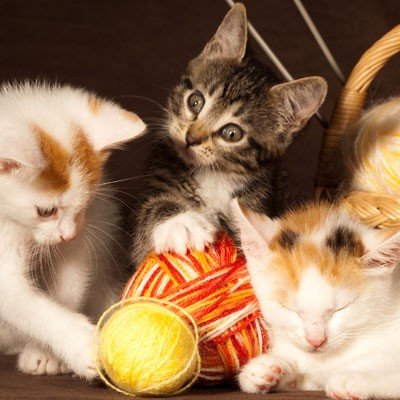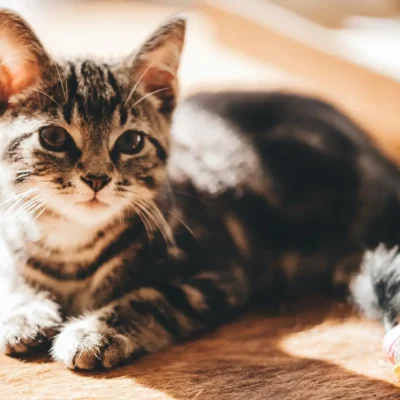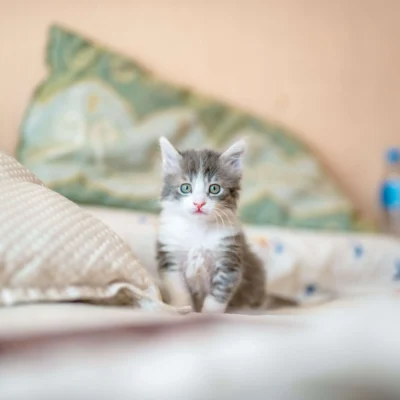You’ve been dreaming about keeping dozens of cats in your house. In reality, you only have three felines; and you love your adopted cats Murray, Murphy, and Marty. Your three vocal guys had a rough time at first, but now they’ve smoothed out their territory battles and get along fine. However, your three cats have vastly different nutritional needs, and you’re driving yourself mad with the feeding arrangements. You’ve asked your veterinarian from Ludington to provide some clear-cut feeding guidelines. Read more about multiple-cat feeding hiccups below.
Widely Varied Nutritional Needs
Energetic three-year-old Murray is a healthy neutered male who enjoys his adult cat diet. Thirteen-year-old Murphy moves like the dignified senior cat he’s become; and he dines on a well-balanced senior cat blend. Marty’s a middle-aged cat with a chronic medical condition. Your vet has prescribed a therapeutic food that fits perfectly with Marty’s treatment plan.
Of course, cats don’t listen to rules. During any given meal, Murray might gobble up some of Murphy’s or Marty’s food, or vice versa. While healthy Murray might not experience any problems afterward, the two special-diet cats might encounter some digestive difficulties from eating strange kibbles.
Stuffing Themselves or Lacking Enough Food?
There’s a national feline obesity epidemic, mostly driven by cats who stuff their faces and snooze all day. By filling your cats’ bowls each morning, and frequently topping them off, you might be helping your guys to consume more food than they need. Also, since assertive Murray has food aggression issues, he might drive Murphy and Marty away from their bowls so he can grab their portion. As a result, the other cats might become malnourished from lack of sufficient food.
Tracking Each Cat’s Behaviors
Murray, Murphy, or Marty could experience a sudden increase or decrease in appetite; and this can mean they’ve developed a medical problem. If you’ve got three cats with unlimited food access, and if one (or more) cats scarfs down food from another bowl, you can’t identify anyone’s eating habits. If you don’t detect that eating behavior change quickly, your ailing cat’s diagnosis and treatment will be delayed.
One-Size-Fits-All Solution
Give each cat a predetermined feeding schedule. Each morning, place each cat’s pre-measured food in his own distinctive bowl. Place the bowls far apart, preferably in another room; or watch the cats carefully to prevent food-stealing behavior. Once the cats have finished eating, or have had roughly 15 minutes to eat, remove their bowls from the floor. About 12 hours later, or on your vet’s recommendation, repeat this feeding sequence with fresh food.
While solving your multiple-cat feeding challenges takes extra work, your Ludington vet will appreciate your efforts to keep each cat well fed and healthy.












Leave a Reply
You must be logged in to post a comment.